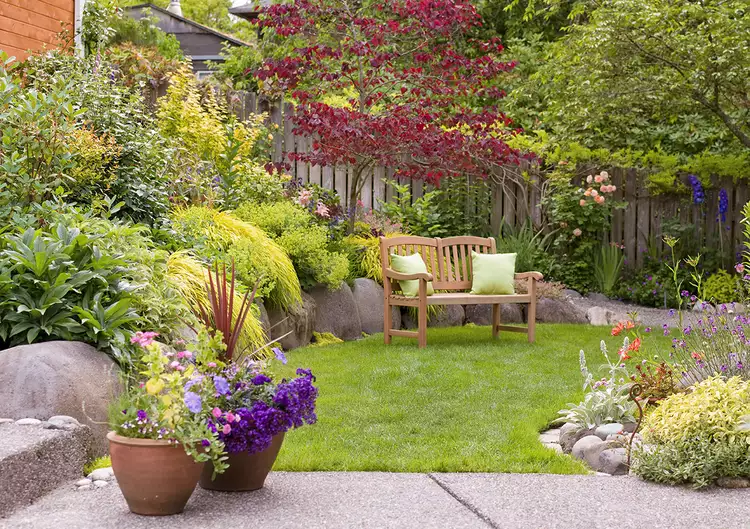Very few yards are perfectly level, and most have ditches or hills that make landscaping a challenge. Flower beds on sloped areas often suffer from erosion that displaces the soil and exposes the delicate roots of the plant. There are, however, many plants that can fill in the open spaces with roots strong and deep enough to hold the plants in place. Here are some of our favorite plants for slopes.
1. Hellebore
Hellebores are durable flowering plants with the added bonus of being early bloomers—they can often sprout up when there is still snow on the ground. These flowers come in many colors and have a freckled pattern on the petals. Plant hellebores on a slope in full shade or dappled shade for the best results.
2. Boxwood
Boxwood shrubs are sturdy and dense enough to be reliable hedge and topiary plants, making them a great choice for sloped landscapes. Although hardy, these shrubs prefer drained soil and won't do well in standing water. When choosing a variety (since there are so many), be sure to research the light and watering requirements for that specific type before placing it anywhere in the yard.
3. Rose
Add roses to a slope for added color and elegance. Most types of roses are good for erosion control and do well in sun to part sun. 'Falstaff' is a fuchsia English rose variety with tight, lacy petals that look like a peony's. Get a completely different look from the same species with 'Carefree Spirit,' a bright pink shrub rose (shown here). The open, sparse petal arrangement leaves the textured center exposed.
4. Japanese Maple
Japanese maples are a smaller, more delicate version of the classic maple tree. Like maples as a whole, they do well on slopes. They have smaller, more ornate leaves, and many varieties take on stunning fall colors of purple, gold, orange, and red. Most varieties stay under 25 feet, and some only get to be 8 feet tall.
5. Hydrangea
Hydrangea shrubs have strong branches and tons of clustered color when in bloom. They work as great garden bed fillers and are able to hold their own on an incline. Because there are so many types and varieties of hydrangea, be sure to check the label for light requirements before planting.
6. Sedum
Many types of sedum, especially low-growing varieties, are tough and great for planting on slopes. They thrive in sunny, dry locations and many varieties have colorful foliage and flowers that attract pollinators.
7. Thyme
Many types of thyme are excellent plants to grow on a dry slope because they prefer the quick drainage. Creeping thyme and wooly thyme are especially good at forming a dense mat to cover exposed soil between other plants and prevent erosion. And though their flowers are tiny, they are so numerous that they create an eye-catching effect.




















